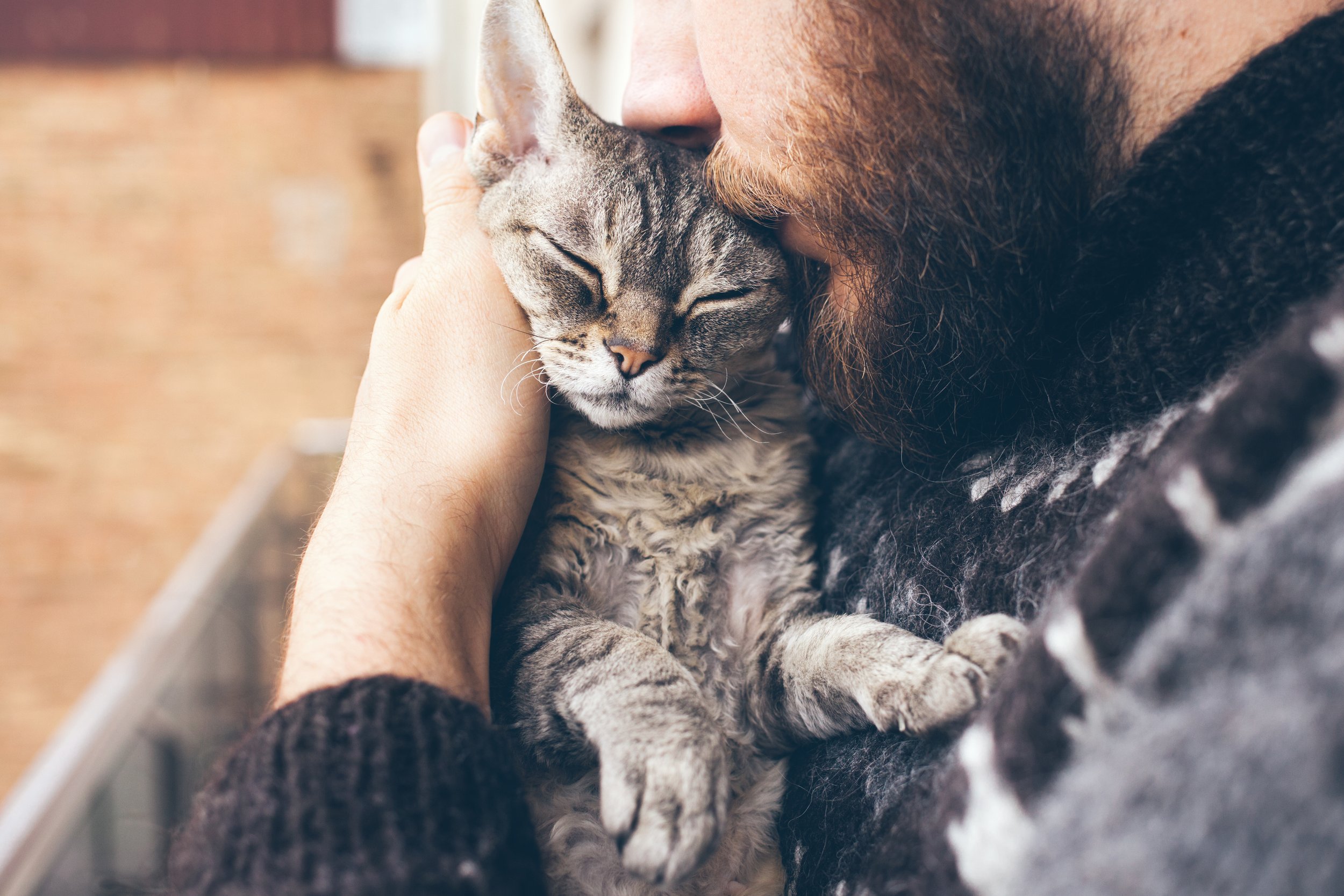6 Cat Myths You’ve Probably Believed at One Point in Time
With a creature like the cat – one who has lived around humans for thousands of years, you get a lot of hearsay. In some stories they come across as dark, evil creatures with magical powers, while others might describe their physical abilities with some dramatic flair. How do you tell fact from fiction? Does your cat hate water? Is it a witch? Whether you’re a long-time cat lover or someone who has just adopted their first, it’s time to bust some of the most common cat myths you’ve ever seen or heard.
1. Myth: Cats Are Totally Independent and Don’t Need Attention
Busted!
While cats do enjoy their independence and often relish in their alone time, they are not completely solitary animals. In fact, many cats are incredibly social and form strong attachments to their owners. Whether they’re following you around the house, curling up in your lap, or demanding treats, cats love interaction and affection. They just do it on their own terms.
2. Myth: Cats Don’t Like Water
Busted!
Sure, some cats absolutely hate water—whether it's taking a bath, walking through a puddle, or even the sound of a running faucet. But the idea that all cats despise water is a myth. There are plenty of cats who love it! Lots of cats love to play in the sink, tub, or even swim. There are plenty of households where a running faucet is met with a cat jumping onto the sink or tub. Many also will try to drink from the toilet, though that is not ideal.
3. Myth: Cats Only Purr When They’re Happy
Busted!
We often associate a cat’s purring with happiness and contentment, but that's only part of the story. While cats do purr when they’re relaxed and comfortable, they also purr when they’re anxious, frightened, or even in pain. It’s a form of self-soothing and communication. For example, a cat might purr when they’re scared of a loud noise or when they’re recovering from an injury. The most important part of interpreting cat purring is to look at their body language within the context you’re seeing them in to understand what they are feeling.
4. Myth: Cats Are Aloof and Don’t Care About Their Owners
Busted!
This myth comes from the stereotype that cats are standoffish and prefer solitude. In reality, cats can form very strong bonds with their owners. They may not always seek constant attention like dogs do, but that doesn’t mean they’re not affectionate. Some cats show their love in subtle ways—rubbing against your legs, purring while near you, bringing you “gifts” like toys, or following you from room to room. Other cats show their love more directly by curling up next to you while you lie down and giving headbutts, falling asleep on your lap, or licking your hands or face!
5. Myth: Cats Always Land on Their Feet
Busted!
While it's true that cats have an impressive ability to right themselves mid-air (thanks to their flexible spines and sense of balance), the idea that they always land on their feet is simply not true. While most cats will try to adjust themselves in the air to land safely, accidents can still happen. Cats can also suffer injuries if they fall from a great height or in a way that prevents them from adjusting their body in time. That’s why it’s so important to keep them in safe environments to avoid falls and accidents.
6. Myth: Cats Can See Ghosts
Busted… or is it?
While cats have been in the limelight of the occult world for hundreds of years (perhaps more), there is no definitive proof they have supernatural abilities. Some cats look like they might behave erratically, giving the impression they’ve seen a ghost, but sometimes they are just righting their head to focus their ears more closely to a sound. In this case, they might look like they are staring at something that you cannot see, but really, they are listening to something you cannot hear! But who knows what the truth is…?

